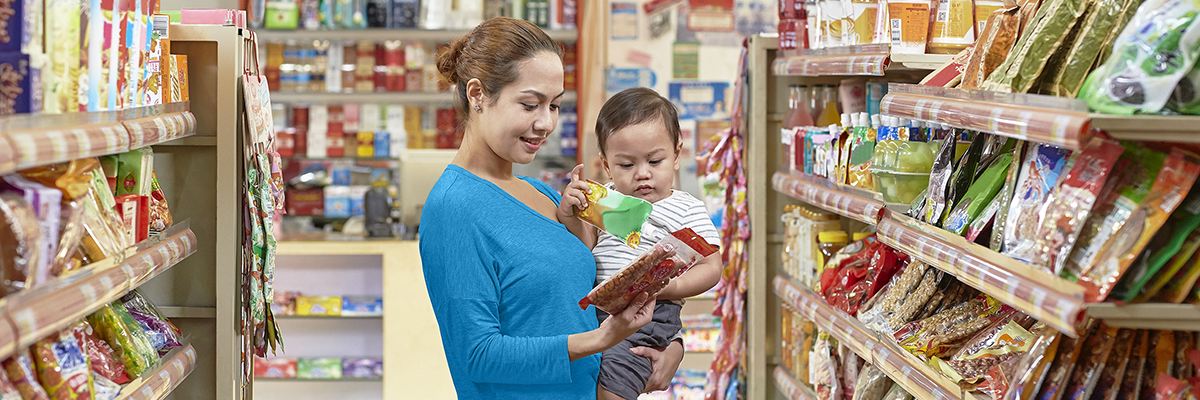
The Philippines has recorded positive growth in consumer confidence and convenience channels, pointing at the country as among Southeast Asia’s Tiger Cub economies.
The latest Nielsen Asia Pacific report titled “Small But Mighty: Seizing Untapped Opportunities in Southeast Asia” released mid-2019 indicates that the Philippines along with Indonesia, Malaysia, Thailand, and Vietnam “are shaping up to become Asia’s next growth frontier.”
The report acknowledges that despite the worldwide deflationary environment, the Asia Pacific region is “set to drive global fast-moving consumer goods (FMCG) growth.” Approximately half of the world’s middle-class population resides in Asia.
While Southeast Asia accounts for just 2.6% of global land area, it is home to 8.3% of the world’s population—and its population is growing faster than the population of the U.S. States, China, and the U.K., adds Nielsen.
Indonesia, Malaysia, the Philippines, Singapore, Thailand, and Vietnam have all seen stable GDP growth over the past four years. Consumer confidence in the region has also increased across the board.
The increase in consumer confidence report registered the Philippines with positive growth year-on-year since 2016. By the end of 2018, the country recorded the highest consumer confidence at 132 index points to demonstrate the most positivity in the region.
Nielsen explains the confidence in terms of growing household incomes matched by consumers’ perception of their financial wellbeing. The average Southeast Asian registered belief that they are financially better off than they were five years ago, with consumers in the developing economies of Vietnam, Indonesia, and the Philippines demonstrating the most positivity in this aspect.
Spending power, too, is on the rise, with one in two consumers saying that they live comfortably and are able to buy some things because they want to, while one-fifth say they spend freely.
The increasing need for convenience and therefore more innovation in retail is required by the region’s relatively young population. These young consumers’ high digital connectivity has spurred e-commerce notably in connected markets such as Singapore, the Philippines and Malaysia.
The Philippines has also recorded positive growth in convenience or mini-market channels, registering the 3rd most positive growth at +10 percent for Convenience Channels and Total Market +9 percent. The faster convenience channel growth compared to the total market across Southeast Asia points to need for more convenience.
“All these positive indicators point towards the immense opportunity for growth in the region, which currently remains untapped,” according to the Nielsen report.
TELL US in the comments below what other convenience channels you think are needed in the Philippines?
Like, Follow, Subscribe to GoodNewsPilipinas.com Facebook, Twitter, Instagram, Good News Pilipinas! TV on YouTube, new story notifications and e-mail newsletters for updates on more Filipino Pride stories.










